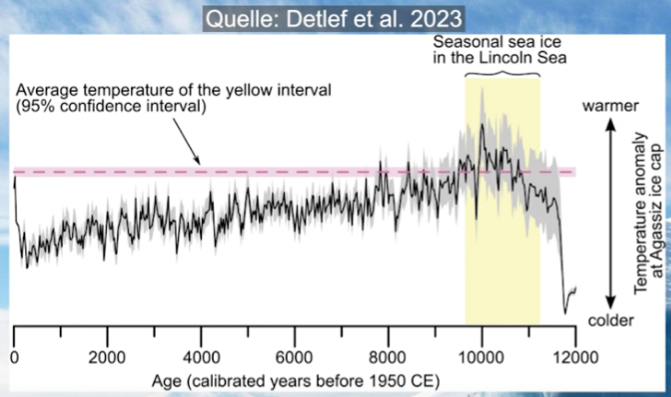New review paper finds Medieval Warming Period in China was warmer than modern times
http://hockeyschtick.blogspot.com/2013/08/new-review-paper-finds-medieval-warming.html
A new review paper by SPPI & CO2 Science:
For the Full Report in PDF Form, please click here.
[Illustrations, footnotes and references available in PDF version]
Excerpts:
The Medieval Warm Period (MWP) was a global climatic anomaly that encompassed a few centuries on either side of AD 1000, when temperatures in many parts of the world were even warmer than they are currently. The degree of warmth and associated changes in precipitation, however, varied from region to region and from time to time; and, therefore, the MWP was manifest differently in different parts of the planet. In this Summary, what occurred in China is reviewed.
Proxy climate records obtained from twenty prior studies to derive a 2000- year temperature history of the northeastern, southern and western sections of the Tibetan Plateau [reveal], in each case, there was more than one prior 50-year period of time when the mean temperature of each region was warmer than it was over the most recent 50-year period.
In the case of the northeastern sector of the Plateau, all of the maximum-warmth intervals occurred during the Medieval Warm Period.
The temperature of the 20th century in eastern China is still within the threshold of the variability of the last 2000 years, which observation clearly indicates that the Chinese data provide no evidence for the hypothesis that the eastern part of the country’s 20th-century warming – or even a small part of it – was human-induced.
The existence of this millennial-scale oscillation of climate, with its prior periods of higher thanurrent temperatures, clearly demonstrates that there is nothing unusual about earth’s present climatic state, except that it is surprisingly cool , considering how much more CO2 there is in the air nowadays than there was during the warmer Medieval and Roman Warm Periods.
During the past two millennia, a warming trend in the 20th century was clearly detected, but the warming magnitude was smaller than the maximum level of the Medieval Warm Period.
What is more, they say that “the modern warm period has lasted [only] 20 years from 1987 to 2006,” and that the annual mean temperature series of China since AD 1880 indicates that the country was actually warmer in the mid- 1940s than it was at the time of their study.
Wang et al.’s work demonstrated – for yet another part of the planet – that late 20th-century warmth even with the help of an extra 100 ppm of CO2, was less than that of the MWP, which makes it extremely difficult to believe that earth’s current level of warmth largely owes its existence to anthropogenic CO2 emissions, as the world’s climate alarmists continue to claim it does.
In concluding this summary, it should be evident from the results of the many studies reviewed herein that for a considerable amount of time during the Medieval Warm Period, most (if not all) parts of China exhibited warmer conditions than those of modern times. And since those earlier high temperatures were obviously caused by something other than elevated atmospheric CO2 concentrations, whatever was responsible for them could easily be responsible for the warmth of today. Indeed, evidence piled upon evidence speaks to the reality of a global millennial-scale oscillation of climate that is totally independent of the air’s CO2 concentration. And, therefore, there is every reason to believe that the most recent warming phase of this cycle, which led to the demise of the Little Ice Age and the birth of the Current Warm Period, was totally natural and not the result of the coincidental increase in the air’s CO2 content that was produced by the burning of the fossil fuels that drove the engines of the Industrial Revolution.
Sent by gReader Pro




